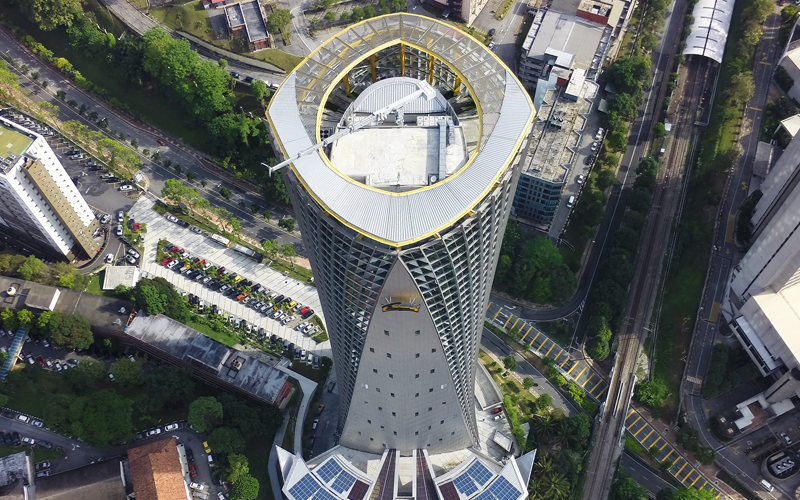At their core, green certifications are rating systems. They assess how well a building conserves resources, manages energy and water use, protects occupant’s health, and reduces environmental harm. Buildings and developments are awarded certification levels from Certified for passing the minimum, then Silver to Platinum for being the best in green.
In Asia, these are some of the key certification systems you’ll often come across:
- Green Building Index (GBI, Malaysia): Prioritises energy efficiency of the building, sustainable materials with recycled content, certified wood and regional materials.
- Green Mark (Singapore): Tailored to the tropics, it focuses on passive cooling, water conservation, and energy optimisation.
- Green Building Evaluation Standard (Three-Star System, China): Requires rigorous assessment of energy, land, and resource use across the entire building lifecycle.
- Leadership in Energy and Environmental Design (LEED, US): A globally recognised system adopted in Asia to boost international green credentials.
These systems are more than technical checklists. They influence construction costs, shape public policy, and affect who gets access to ‘sustainable’ infrastructure.
Green buildings shouldn’t be seen as premium add-ons or luxury projects for high-end developments. They need to become the baseline—standard practice across the entire construction industry. Right now, green design is often positioned as an upgrade, something you opt into if you have the budget or want a marketing edge. That mindset is part of the problem.
If sustainability is treated as optional, we end up reinforcing environmental inequality. Wealthier communities get access to better air quality, thermal comfort, and lower energy bills. Meanwhile, lower-income populations are left with buildings that are hotter, less efficient, and more expensive to maintain over time. That’s not sustainable—it’s just unequal.
The shift we need is systemic. Green practices—like passive design, efficient materials, low-carbon construction, and smart water use — should be embedded in every project from the start, whether it’s a luxury condo, a public school, or affordable housing. Building codes, procurement policies, and education in architecture and engineering schools need to reflect that urgency.
Put simply, green shouldn’t be a bonus. It should be the minimum.
Why Are They Important in Asia?
Asia is urbanising at a breakneck pace. By 2050, over 60% of Asians will live in cities. More cities mean more concrete, steel, and energy consumption — and a massive environmental footprint unless things change. Green certifications act as both guideposts and gatekeepers. They tell developers how to build better and signal to governments and investors which projects are worth supporting.
Back in 2020, the Green Building Index (GBI) had 516 certified projects. By December 2023, this number had increased to 671 projects, covering 300 million square feet of green buildings—signalling a steady rise in green-certified developments. As of June 2025, Malaysia’s GBI has recorded a total of 753 fully certified projects.
Although there is a steady increase in total certified projects since the 2020 till now, there is a vast difference than Singapore’s Green Mark certification scheme which was launched 20 years ago with 17 certified buildings in 2005. As of March 2025, Singapore now boasts 2,590 Green Mark-certified buildings. These green buildings collectively save over 4.2 billion kWh energy annually, equivalent to 1.3 billion SGD (1 billion USD) in cost savings per year.
Some of the famous certified landmarks include:








